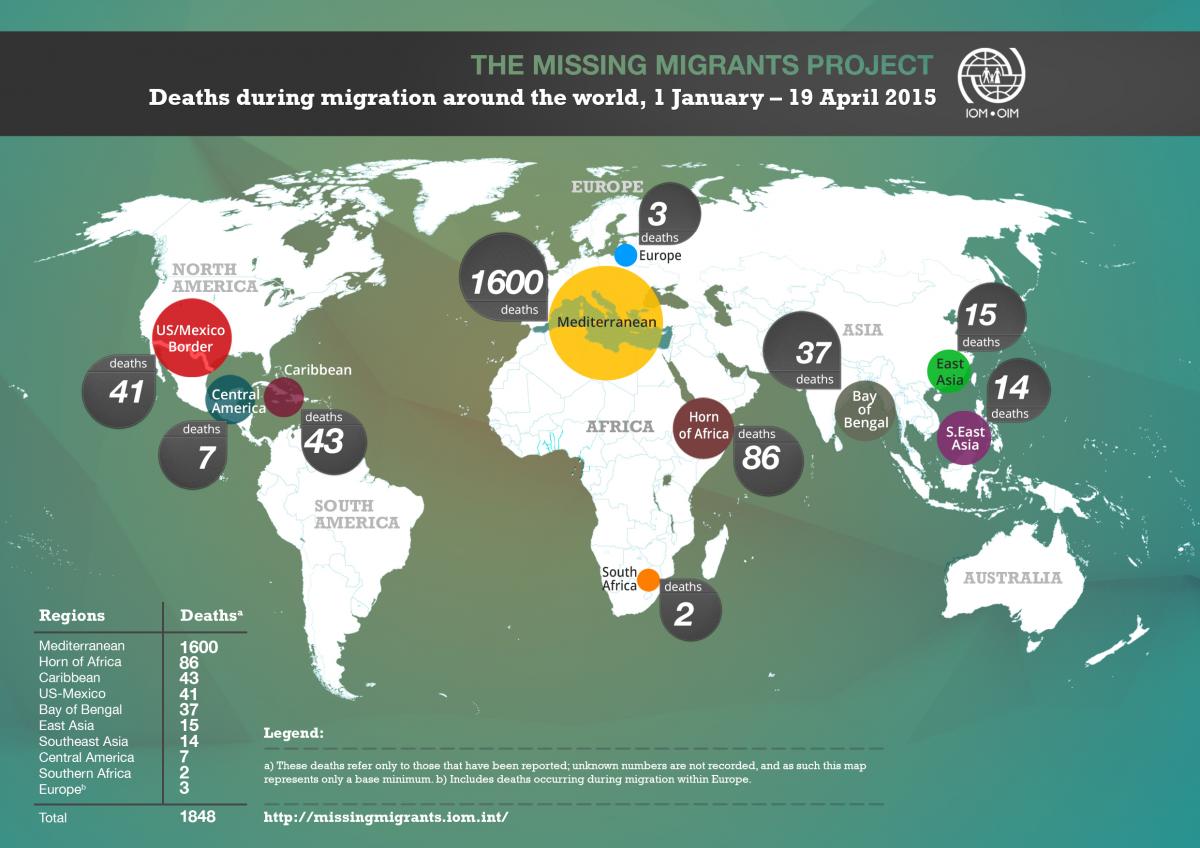As the textual tug-of-war continues backstage at COP21, observers are left with little to observe, and a lot of competing information. The past three drafts have each been delayed by several hours or more, and once they’re released and reporters actually have a chance to read them, there’s suddenly a new countdown to a new draft. Some of Thursday’s panels ran into difficulty when experts found they weren’t certain whether everyone was referring to the same text.
As the agreement itself slims from 51 pages to 45 pages to 29 pages to [who knows?!—this conference is all about brackets], there are, to put it modestly, a few unknowns. One thing we do know for sure: Climate change is already forcing people to move, or perish. And they’re moving more quickly each day—far more quickly than most in the West have begun to recognize.

“Every second, a person is now forced to flee his home because of an extreme weather or climate event,” Jan Egeland, secretary general of the Norwegian Refugee Council, told reporters on Thursday afternoon. “Every second.” That’s an unbelievable assertion, until you look at the comprehensive data gathered over the past seven years by the Internal Displacement Monitoring Center, based in Geneva.
Since 2008, an average of 22.5 million people have been dislocated by climate- or weather-related catastrophes each year. That works out to 62,000 people every day.
And where are they going? Western protectionists would have you believe that the vast majority are flocking to rich countries. The protectionists could not be more wrong. “It’s 95% that flee within or to developing countries,” Egeland told reporters, again citing the seven-year study from the IDMC.
It’s odd to call these people “climate migrants,” but that’s what they are, according to international law, which has so far failed to grant refugee status to these millions upon millions of displaced people. If you flee a murderous dictator, you’re a refugee; if you flee a murderous climate, you have little or no legal basis to claim sanctuary elsewhere.
The draft released on Wednesday at 3 p.m. CET contains a promising clause (Article V, Section 3) about establishing a “climate change displacement coordination” facility. Such a facility would be the important first step in a very, very long march.
William Swing, director general of the International Organization for Migration—who in his long career has served as United States ambassador to five African nations plus Haiti—expressed optimism this afternoon.
“People need to be protected and respected when they are faced with the ravages of climate change,” Swing said, while lamenting what he calls “unprecedented anti-immigration sentiment” throughout the West. “I feel relief that this is being included. We must recognize the importance and scale of the problem, and I hope that nothing is being displaced in that wrestling match in the other tent.”

“Catastrophic Consequences of Climate Change” is Pacific Standard‘s year-long investigation into the devastating effects of climate change—and how scholars, legislators, and citizen-activists can help stave off its most dire consequences.





